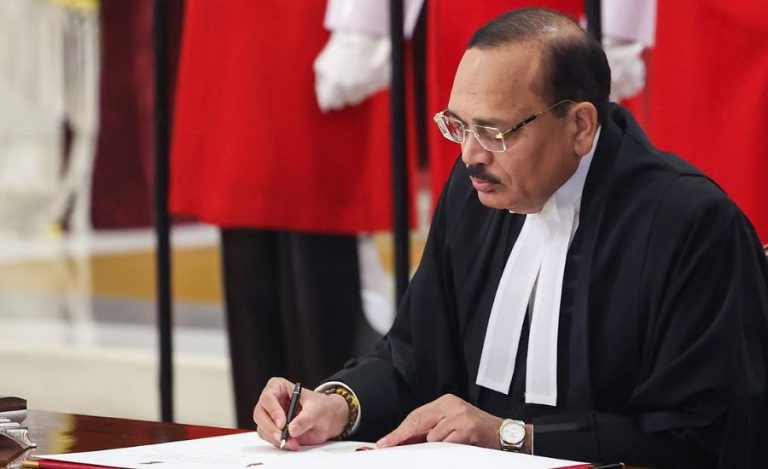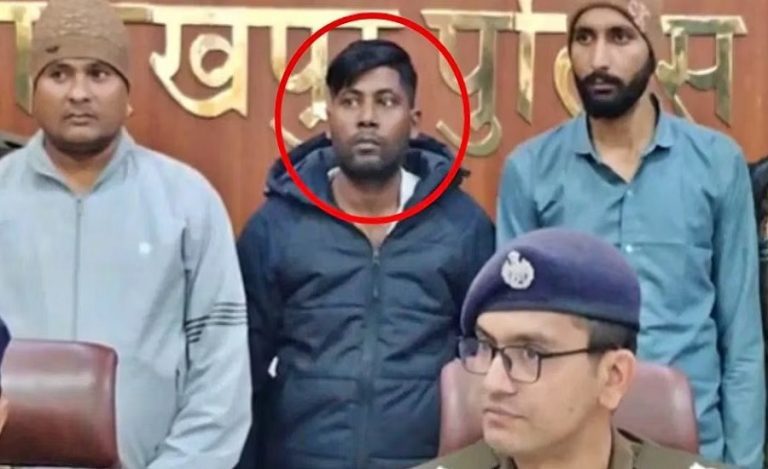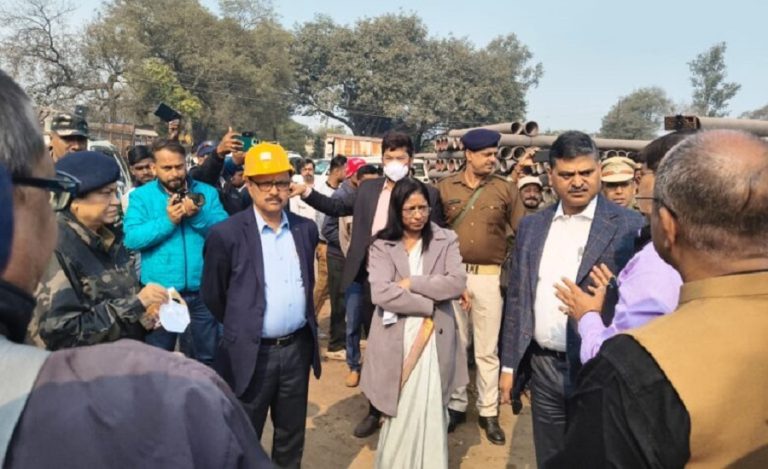Wildlife crime has evolved rapidly with the changing times, and in the 21st century, it cannot be fought with the 20th-century mindset and 19th-century tools. This is the core belief of senior IFS officer Samir Sinha whose new book `Trading Wildlife Across Borders’ will be released by the Uttarakhand Chief Minister on October 12, 2021.
The book delves into several important areas that will attract the attention of laymen and professionals alike. For instance, his take on the relation between Covid19 and wildlife trade. Or how there is so much to imbibe from the comparative analysis of the Wildlife Protection Act of India and the Endangered Species Act of the United States, as both were promulgated at around the same time in the early 70s.
EXPERIENCE COUNTS
Speaking with Indian Masterminds, Mr. Sinha, now occupying the post of Additional Principal Chief Conservator of Forests (Projects & Community Forestry) in Uttarakhand, said he was fortunate to find his calling not once but twice. At first when he joined the Indian Forest Service some 30 years ago, and then when he got a chance to work in such diverse regions as the Corbett Tiger Reserve (as its Field Director), the Rajaji National Park, the Nanda Devi Biosphere Reserve, and, also, as the head of TRAFFIC India, which gave him the first-hand experience of tackling wildlife crime.
“I have been very lucky,” says Mr. Sinha, “to have worked both at field level and policy level. All this experience sparked my interest and helped me grasp the nuances of wildlife trade as it grew across national boundaries. My stint in TRAFFIC India in 2006 was a major eye-opener. It gave me a better understanding of the layers of dynamics which are at play in the wildlife trade.”

Mr. Sinha’s book focuses on three Indian species which are targeted by national and international wildlife crime syndicates. These are tiger, Red Sanders, and Star Tortoise. In separate chapters dedicated to these three, the author has put forward his views as to how these can be further protected through better coordination between Indian laws and the much wider Convention on International Trade in Endangered Species (CITES). One of the major objectives of CITES, with India and several countries as its members, is to ensure that international trade in specimens of wild animals and plants does not threaten the survival of the species in the wild.
LIKE AN EVER SHIFTING AMOEBA
As Mr. Sinha told Indian Masterminds,” the wildlife crime is like an amoeba. It keeps shifting its form. And, therefore, our strategies to deal with it also need to change. Fortunately, now it’s not just the forest department that battles the wildlife criminals. At present, several Indian agencies like the customs, the DRI, and the Wildlife Crime Control Bureau (WCCB) have joined the fight to save our animals and plants species, which is a heartening development.”
The battlefield on the wildlife front may have become murkier and more brutal in the recent days, what with ivory traders, tiger hunters, and other members of their tribe coming out with cutting-edge techniques to get to their quarry, but the law enforcement agencies to have toughened up in equal measures. For instance, in Assam’s Kaziranga, the last and the biggest refuge of the magnificent one-horned rhino, the forest department is armed with AK-47s to take on the poachers, effectively fighting fire with fire.

CANNOT AFFORD TO BE COMPLACENT
“All this gives me lots of hope. But at the same time, we cannot afford to be complacent and lose our ground,” points out Mr. Sinha.
Lastly, says Mr. Sinha, his book is a huge tribute to the foot-soldiers of the forest department, who toil day in and day out to protect India’s flora and fauna but seldom get the due recognition and acknowledgment for their work. These are our forest guards and watchers, and often the first in the line to face a gang of armed poachers, a charging elephant, or an enraged tiger.

































